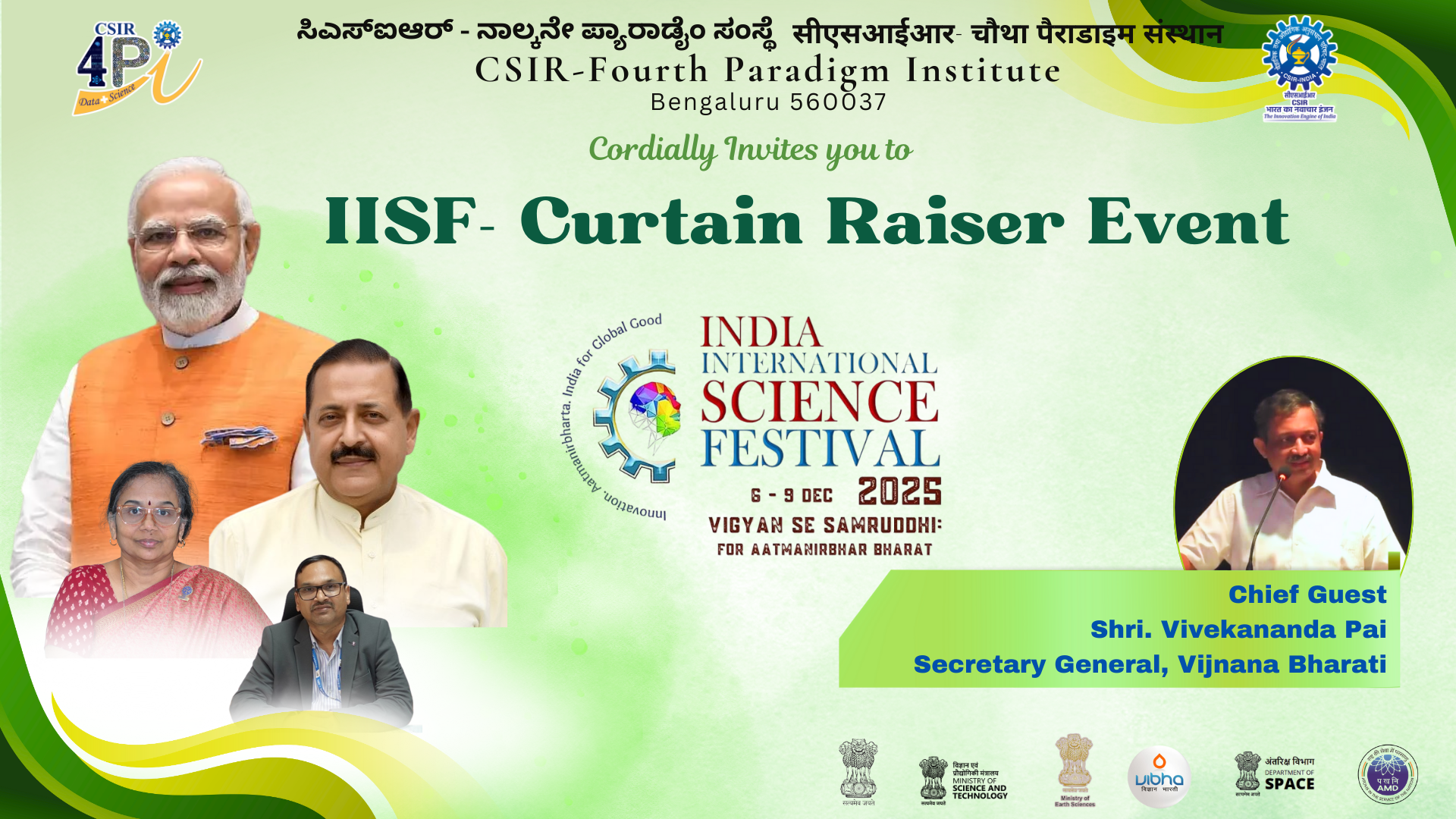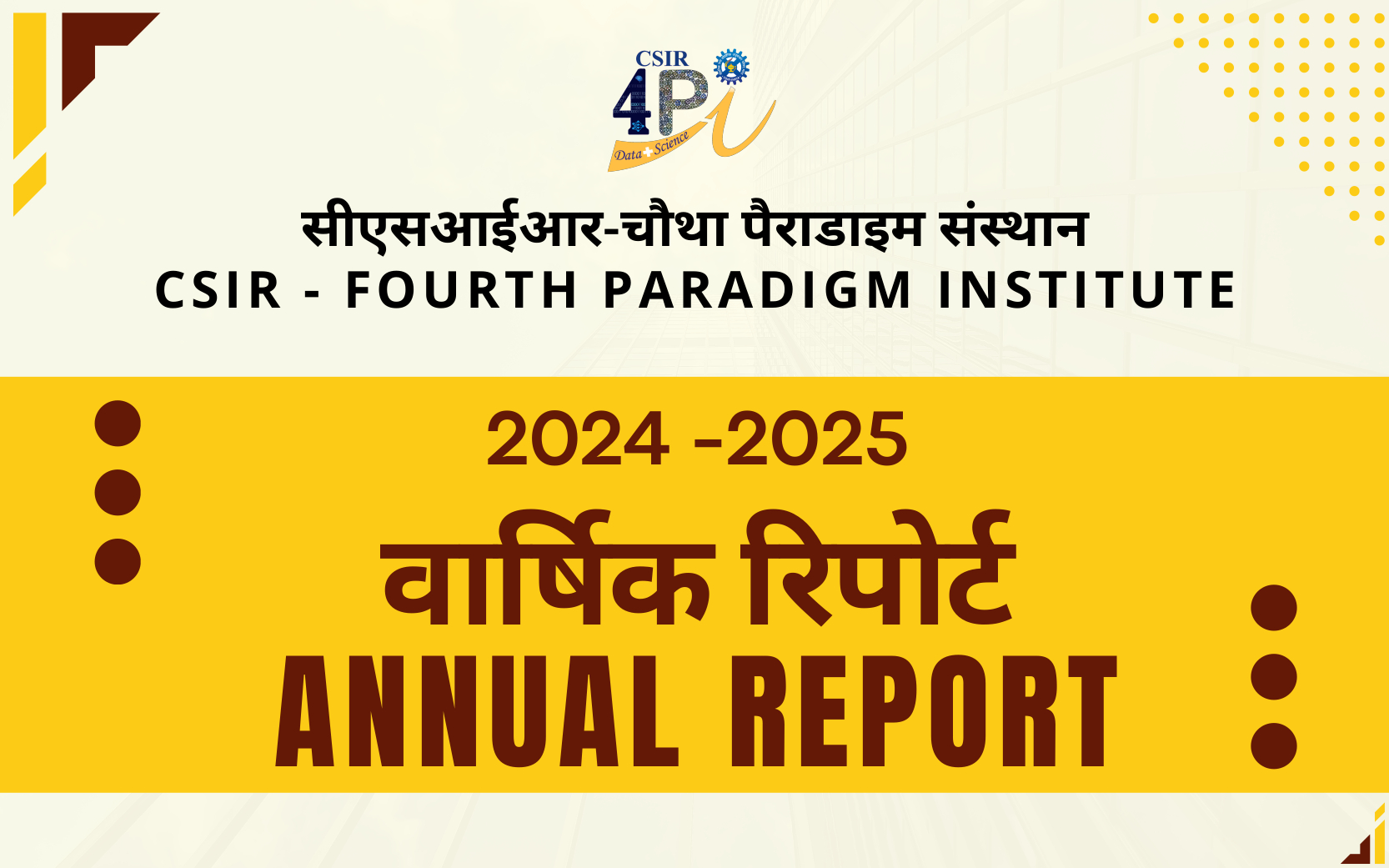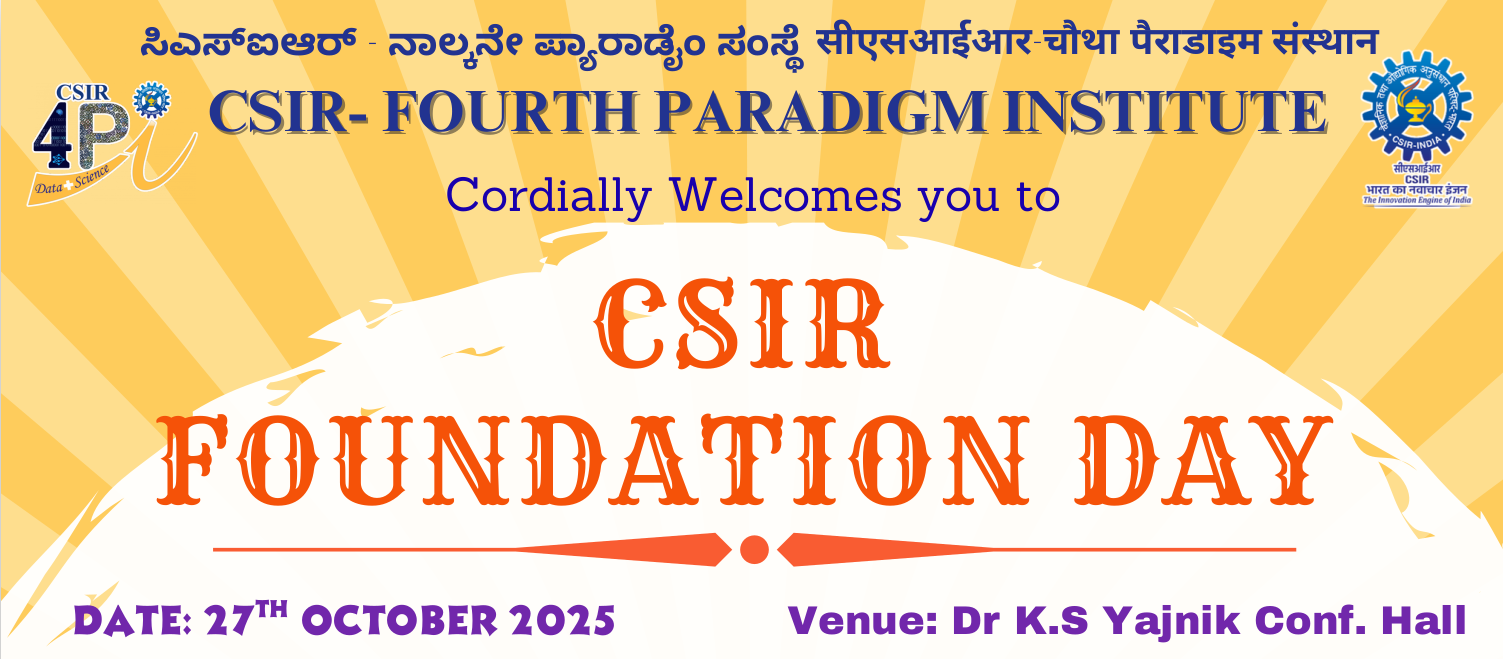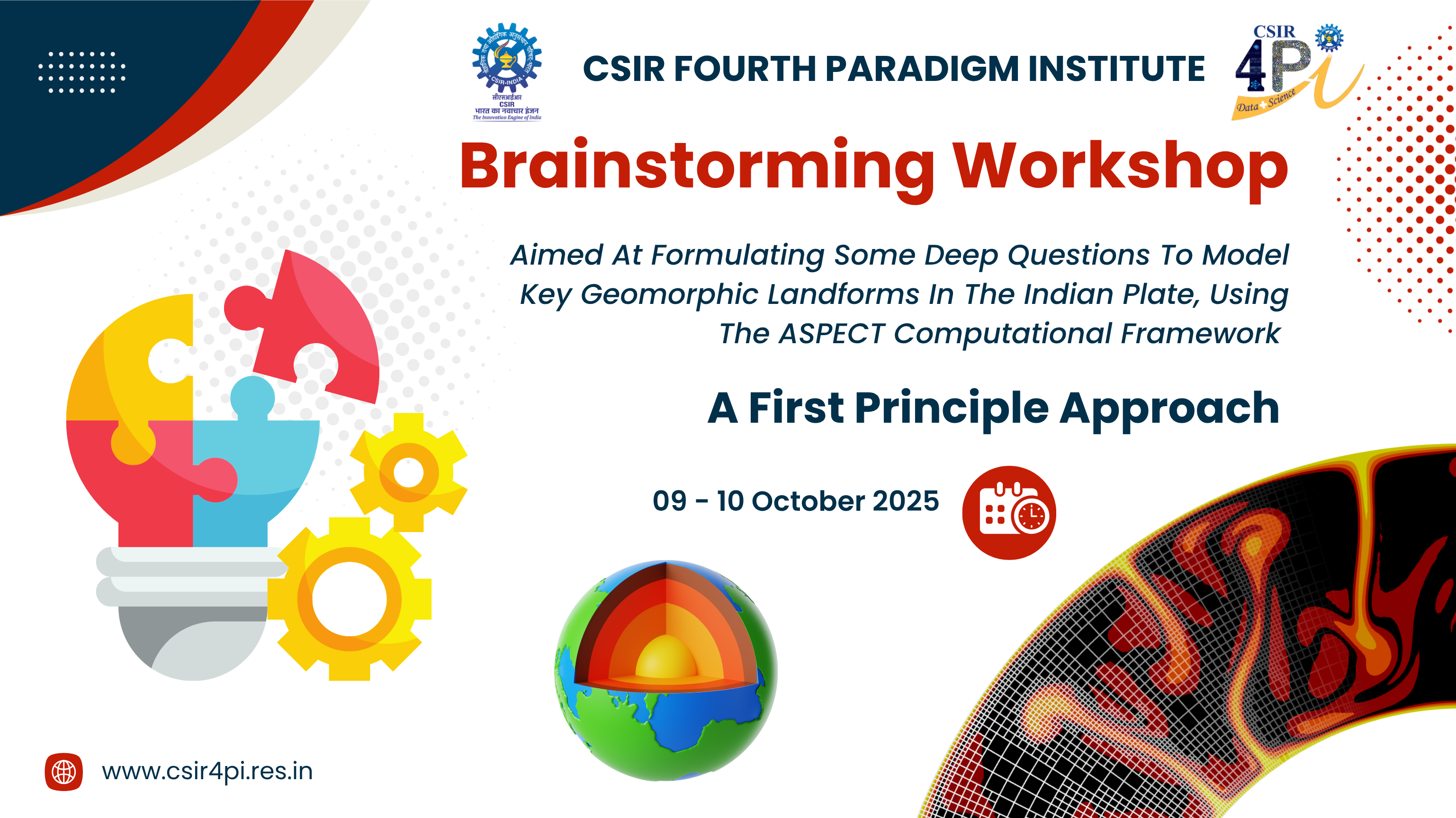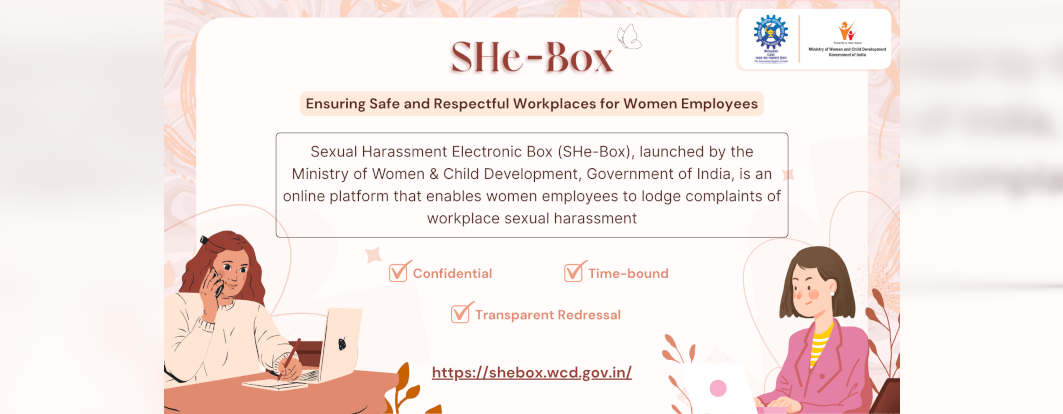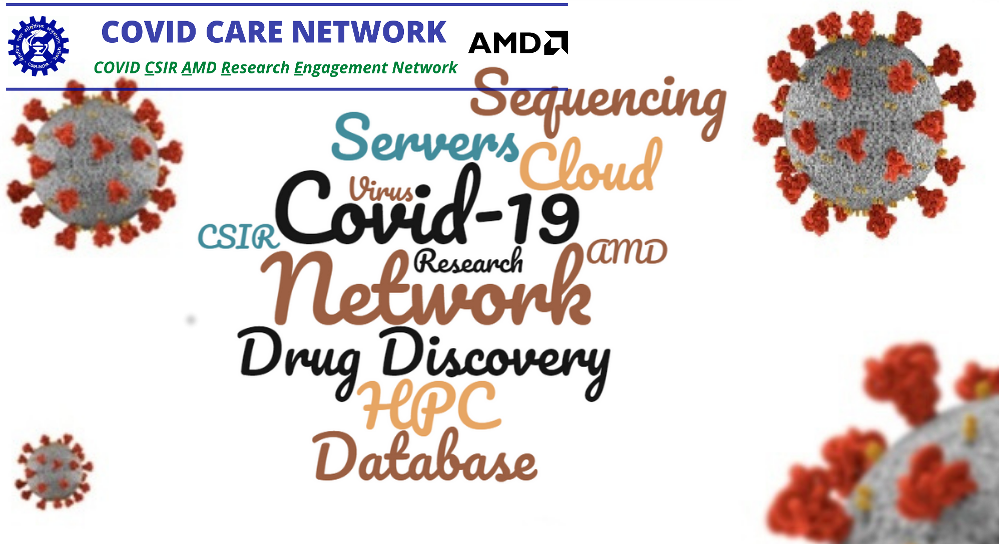Water vapor study using MODIS and GPS data at 64 continuous GPS stations (2002–2017) in indian subcontinent
by SrideviJade, T.S. Shrungeshwara and Boddapati Anil
Precipitable Water Vapor (PWV) is estimated using MODIS (Moderate Resolution Imaging Spectro-radio-meter) Terra level 3 data with daily resolution i. e MOD08_D3 at 64 cGPS (continuous Global Positioning System) stations spatially spread over Indian subcontinent between geodetic latitude 5° to 35° N and geodetic longitude of 70° to 96° E. MODIS-PWV is compared with GPS-PWV estimated at these cGPS stations to check the validity of water vapor retrieved from MODIS data in Indian subcontinent. Correlation coefficient (R2) between daily values of MODIS and GPS water vapor is above 0.9 with RMSE (root mean square error) of 2–5 mm for 22 cGPS in peninsular India, above 0.9 with RMSE of 3–6 mm for 5 cGPS in northeast India and above 0.8 with RMSE of 1–9 mm for 26 cGPS in Himalayas. PWV time series at all the cGPS stations indicated distinct seasonal cycle for both MODIS and GPS PWV with high RMSE (~6 mm) in wet months and low RMSE (~3 mm) during dry months. Taking advantage of broad spatial spread of stations and long span of data, model for spatial variability of GPS-PWV for Indian subcontinent is proposed. Inter-annual and seasonal variability of GPS-PWV is discussed in detail for peninsular India, northeast India and Himalayas.
Source: https://doi.org/10.1016/j.jastp.2019.105138

